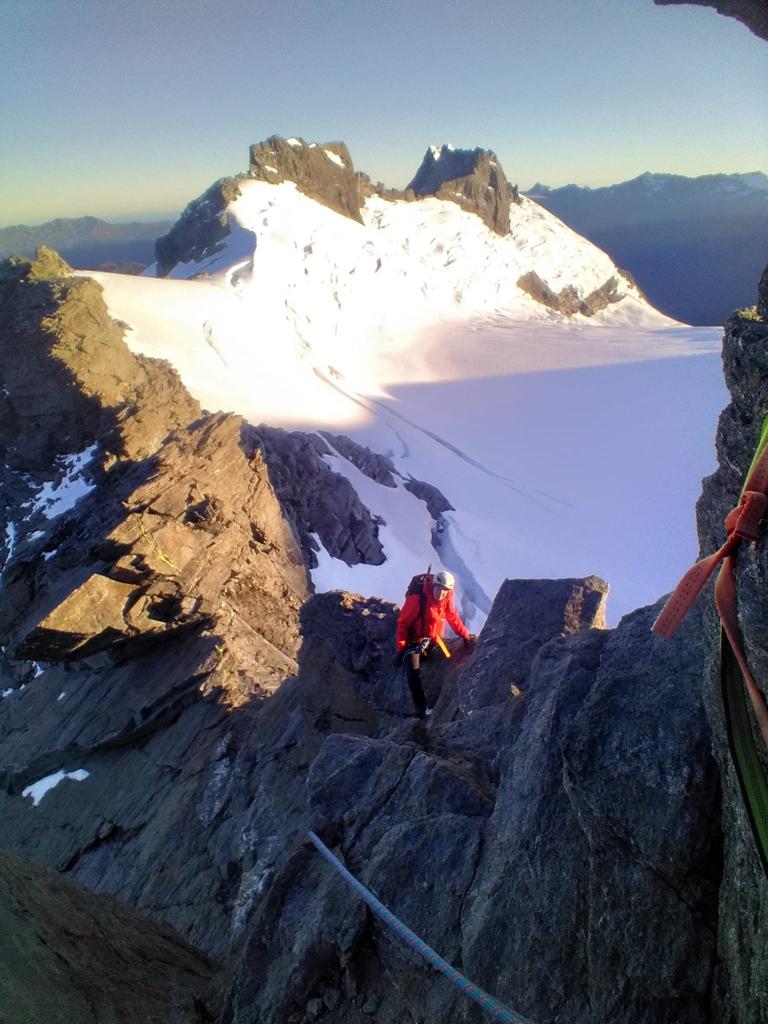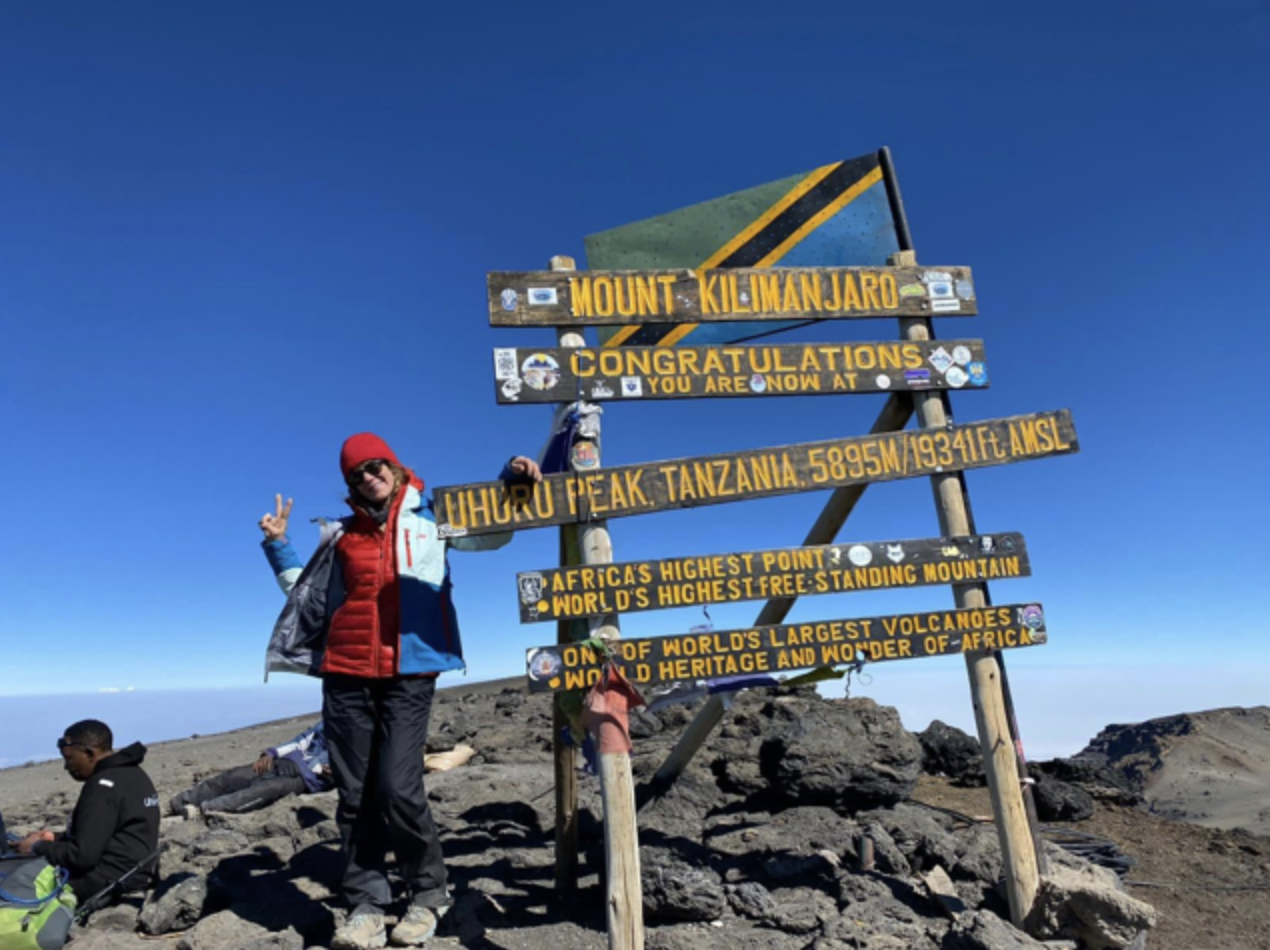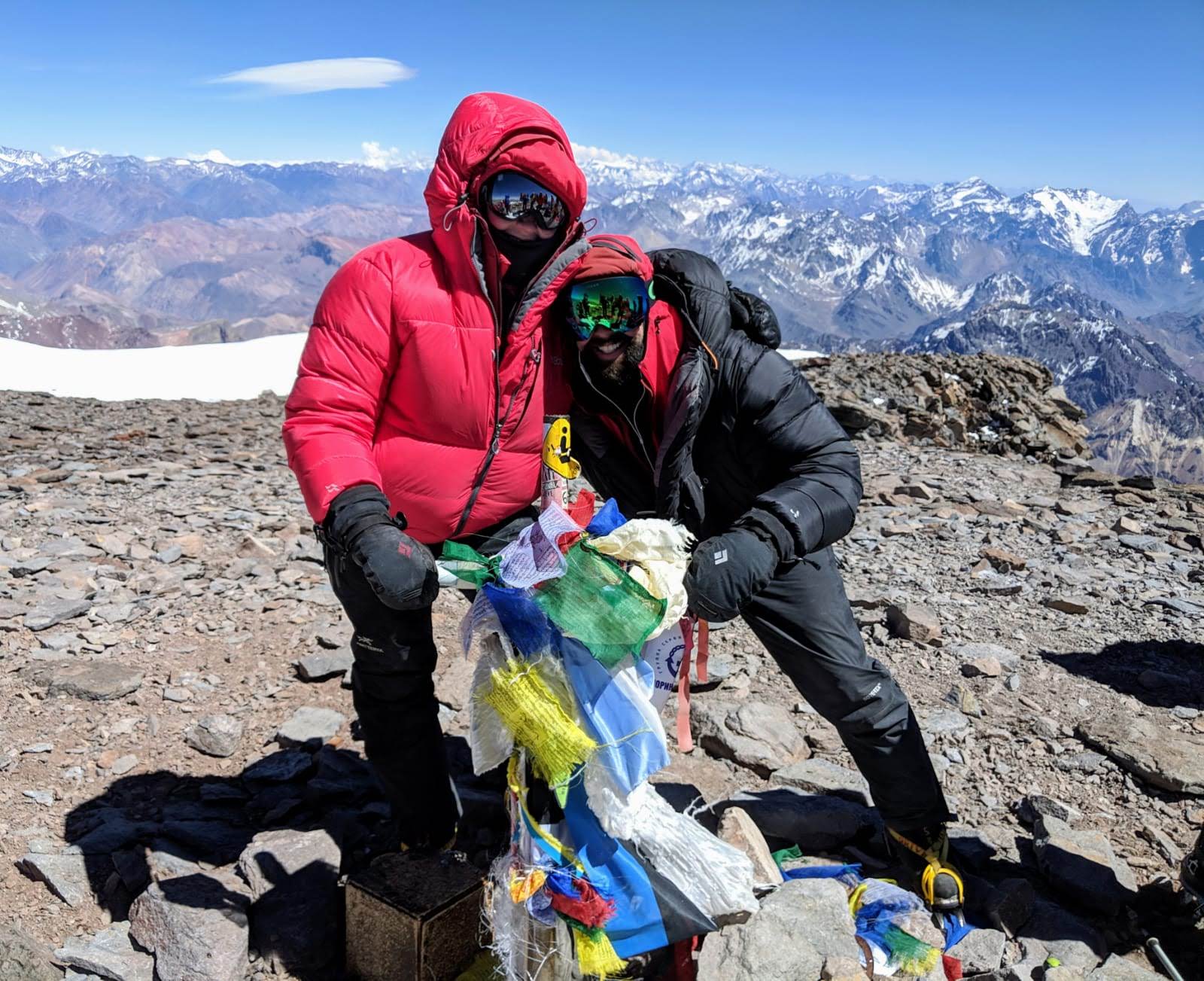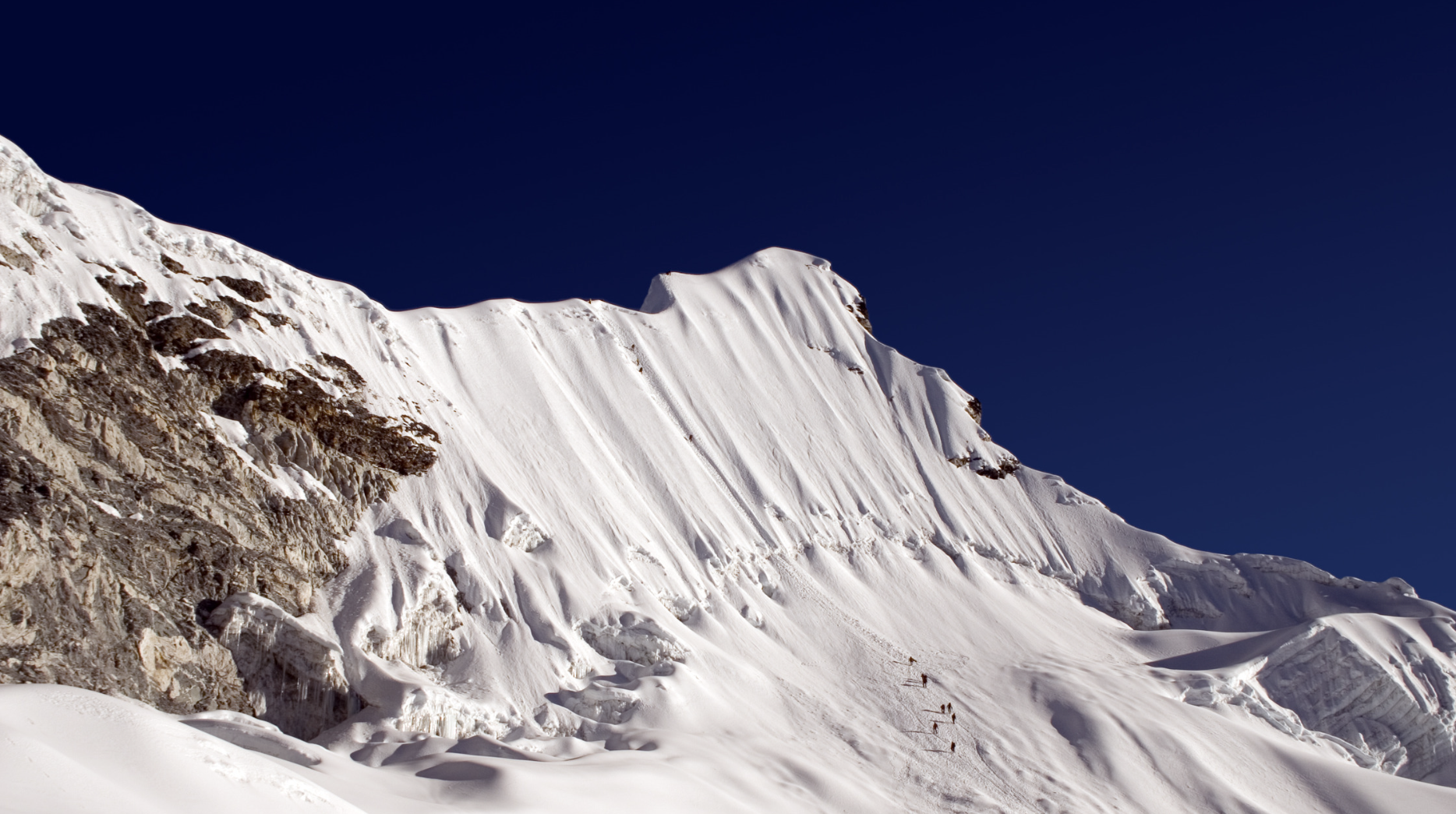Updated: Jun 6, 2020
How Do You Stay Healthy At High Altitudes?
It is absolutely vital to stay healthy at high altitudes because catching a tummy bug; cold/flu and a variety of other sicknesses that are common in mountaineering and trekking environments at altitude can mean the end of your adventure.
Although these first few tips on how to stay healthy at altitude are not diet and nutrition related, they are equally as important:
- Always, always use a antibacterial hand sanitizer after you’ve been to the toilet and before you have a meal. ALWAYS!
- It sounds silly, but don’t share drinks or cutlery with your teammates. You don’t know if they are harbouring a germ that isn’t affecting them but may affect you.
- Learn your inner temperature. Always keep a Buff close by and as soon as you start feeling even a tiny bit chilly, put on a layer. The last thing you want is to get cold and start get a sore throat or pick up cold like symptoms. You’ll be putting on layers and taking them off so more than you can count, but it will be worth it.
- When you have a chance to rest, rest! Your body needs that time to rest and recover, as well as fight off any bacteria that may be in your system.
- Drink, drink, and drink – even when you think you can’t drink a drop more! Staying hydrated is crucial at altitude. On an average day at altitude, I suggest to my clients to drink between 5 and 6 litres.
- Don’t eat things that you know will upset your tummy. For example, if you know beans aren’t good for you at sea level then they certainly won’t be good for you at altitude.
- Avoid alcohol at altitude. I’m not saying don’t have it at all, but if you do have, make it a few sips and no more. Alcohol not only dehydrates you but you’ll also find you feel the tipsy affects of alcohol much, much faster at altitude.
- Eat what you can, when you can. The more you eat, the better. Being at altitude burns significantly more calories than being at sea level, adding to that the fact that you are physically exerting yourself. Don’t worry about putting on weight. The vast majority of people who have been on a high altitude expedition of some sort come home having lost weight.
- Don’t drink water that hasn’t been purified. Water purification tablets or drops will become your best friend on your adventure.
As fussy as it all sounds, remember that all it takes is one sip of water that hasn’t been treated or one bite of your teammates meal from their fork for you to catch a bug and get sick. You adventure that you trained so hard for, planned and prepared for months will be over.
What Kind Of Food Do Mountain Climbers Eat?
Before a mountain, you should be eating a balanced diet between carbs, protein and fats at the perfect calorie intake to insure that you are still able to give 100% in your training, but still losing weight.
When you are actually on the mountain or on a high altitude trek then you will have a higher carb intake, lower protein intake and average fat intake. How you consume the higher carb intake is always a very personal thing. Some people like getting their higher carb intake from chocolates or energy bars while other prefer trail mixes or energy powders added to their drinks.
What I always suggest to my clients on the Mountaineering & Trekking Coaching Program is to test the foods they like while they are in the comforts of their own home, making sure to not take anything that gives them a bad tummy (bloated or gassy) because if it gives you a bad tummy at sea level then it definitely will at high altitude when your digestion system slows down.
One of the many other pieces of advice I give them is to always take a variety of foods or snacks because your taste buds and appetite often changes as you gain altitude. Personally, I love chocolate at sea level but above 6,000m and I won’t even be able to look at it without feeling queasy.
What To Eat Before Climbing Kilimanjaro?
You should be eating a balanced diet of carbohydrates, protein and fats. Each macronutrient plays an important role as you prepare for Kilimanjaro, for example, you will use carbohydrates and fats in the production of adenosine triphosphate (ATP) molecules which essential allow you to move aerobically. When you go for a speed walk or medium paced run, you are moving aerobically. Another example is protein. It forms the building blocks of your muscles and is essential in the process of repairing damaged muscles.
Food is your fuel for your training sessions. Change your mindset from food for the purpose of enjoyment to food to fuel your training sessions. You must be able to give 120% during your training so that you can reap the benefits of the physiological adaptations that happen with training so that you can optimally perform on Kilimanjaro.
FYI – If your calorie intake is too low then you will feel lethargic, tired and more than likely exhausted before you’ve even thought about training. If this is how you often feel about your training then you need to increase your total caloric consumption. For your exact calorie intake, carbohydrate, protein and fat ratios that you should be eating please check out The Nutrition Chapter in my book “A Step-By-Step Manual To Mountaineering & Trekking Around The World”
Nutrition For Mountaineering
Dr Griffith Pugh famously said, “The importance of adequate caloric and fluid intake must be rated at least as highly as that of oxygen”. He was one of the first British Doctors and physiologists to join an expedition to Everest and was an instrumental part in the very first ascent up the tallest mountain in the world as he made incredible, untold discoveries by analysing mountain life, nutrition and gear.
While being at altitude, eating sufficient amounts and drinking more than you think you need is absolutely critical to your success. Studies have shown that a higher diet in carbs, lower in protein and average fat intake is perfect for long days on a mountain. How you choose to meet those macronutrient needs is a personal thing, as long as you are meeting them then you’ll be moving and performing in your peak state.
Something that’s often forgotten with hydration is to add electrolytes. Snow melt or glacier run off water often lacks the minerals that we need so adding electrolytes to your water will aid hydration and keep your body as healthy and happy as can be at altitude.
Best Snacks For Trekking
This is very much a personal opinion but my first piece of advice to my clients is to always test the foods and snacks they are thinking of taking, from the comfort of your own home. On the off chance a new energy bar gives you a bad tummy, rather find out at home than on the side of a mountain. My second piece of advice and something I’ve already said in this blog is to always take a variety. Your taste buds and appetite often changes as you gain altitude so what tasted good at 2,000m may completely repulse you at 5,000m. Personally, I love chocolate at sea level but above 6,000m and I won’t even be able to look at it without feeling queasy. For more information on snacks for mountaineering & trekking, checkout this blog – The 8 Perfect Snacks For Mountaineering & Trekking





